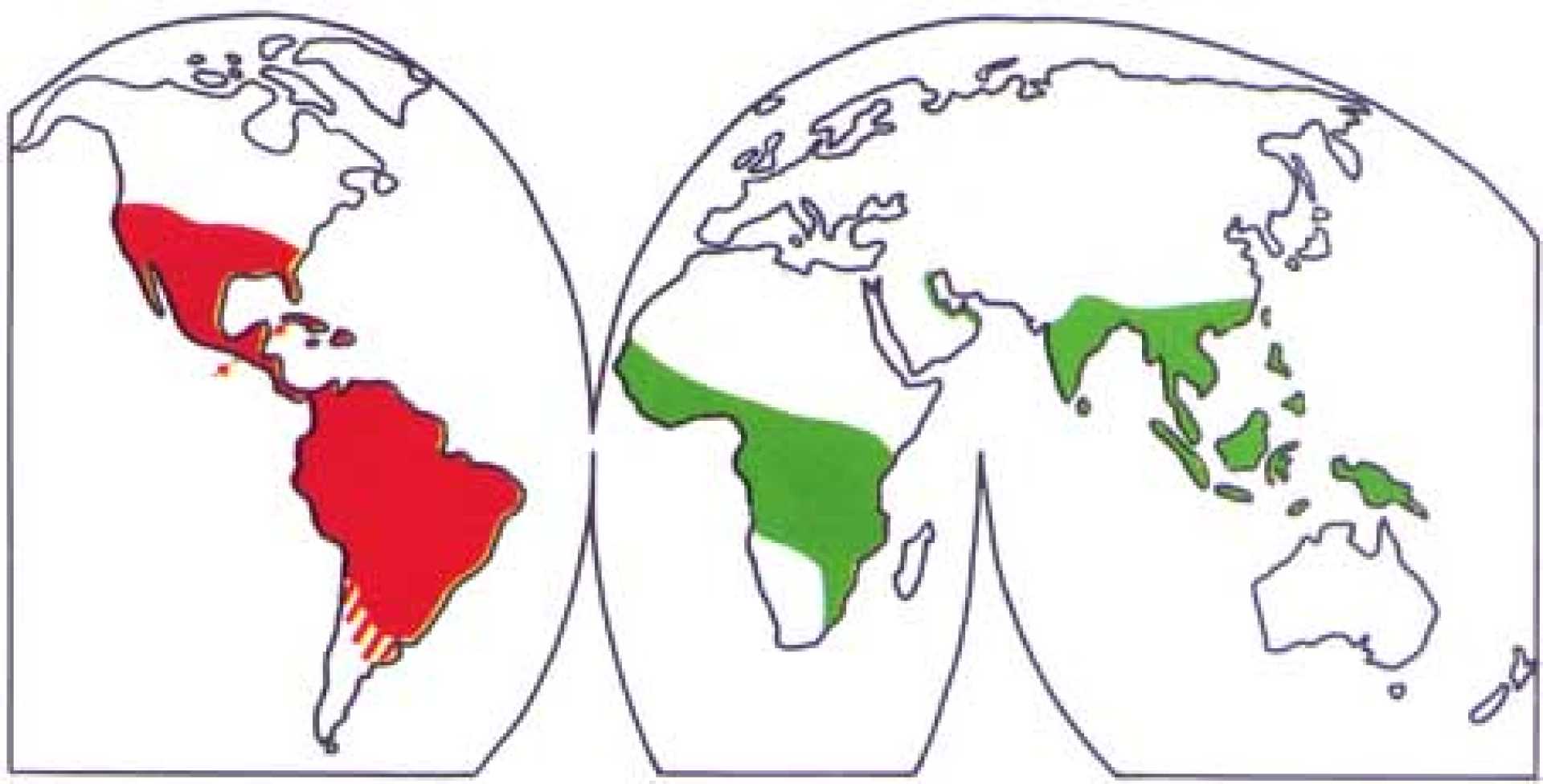News
US Prepares to Combat New World Screwworm Outbreak Using Sterile Flies

TOPEKA, Kan. (AP) — The U.S. government is mobilizing to combat an outbreak of New World screwworms, a flesh-eating insect threatening livestock health along the southwestern border. This initiative involves aerial dispersal of sterilized flies to mitigate the pest’s impact on the cattle industry.
Since the beginning of 2023, the New World screwworm has spread across Central America, affecting countries like Panama, Costa Rica, and Nicaragua. In November, the fly reached southern Mexico, escalating concerns among U.S. agricultural officials.
The USDA successfully eradicated the screwworm in the 1960s and 1970s using a method of releasing sterilized male flies to mate with wild females, preventing the reproduction of larvae. With the current outbreak, officials are looking to reinstate this effective strategy.
Currently, there is only one facility in Panama that breeds sterilized flies, creating a demand for a larger production capacity. U.S. lawmakers are advocating for the establishment of additional breeding facilities to ensure adequate supplies.
The USDA plans to open a new fly factory near the Texas-Mexico border by the end of the year. The estimated cost of this facility is around $8.5 million, with lawmakers predicting a total expenditure of $300 million for effective fly production.
Dr. Phillip Kaufman from Texas A&M University explained that the screwworm feeds on living animals, laying 200-300 eggs in open wounds. If untreated, infested animals can die within two weeks. Ranchers like Stephen Diebel emphasize the importance of strict monitoring to prevent infestations, as flies can threaten not only livestock but also wildlife.
The USDA aims to replicate the successful past efforts by increasing fly distribution and plans to invest $21 million to renovate an old fly factory in Mexico by late 2025. Officials express optimism about their efforts, asserting that safeguarding the livestock industry is paramount.
“When you offset the $300 million to the $10 billion of economic impact these flies would have, it’s an easy trade-off,” Diebel stated. Experts are hopeful, noting the technology’s proven success in the past as they prepare for the challenges ahead.












